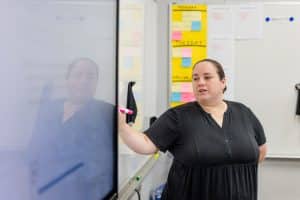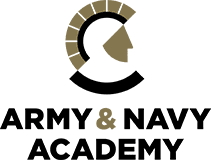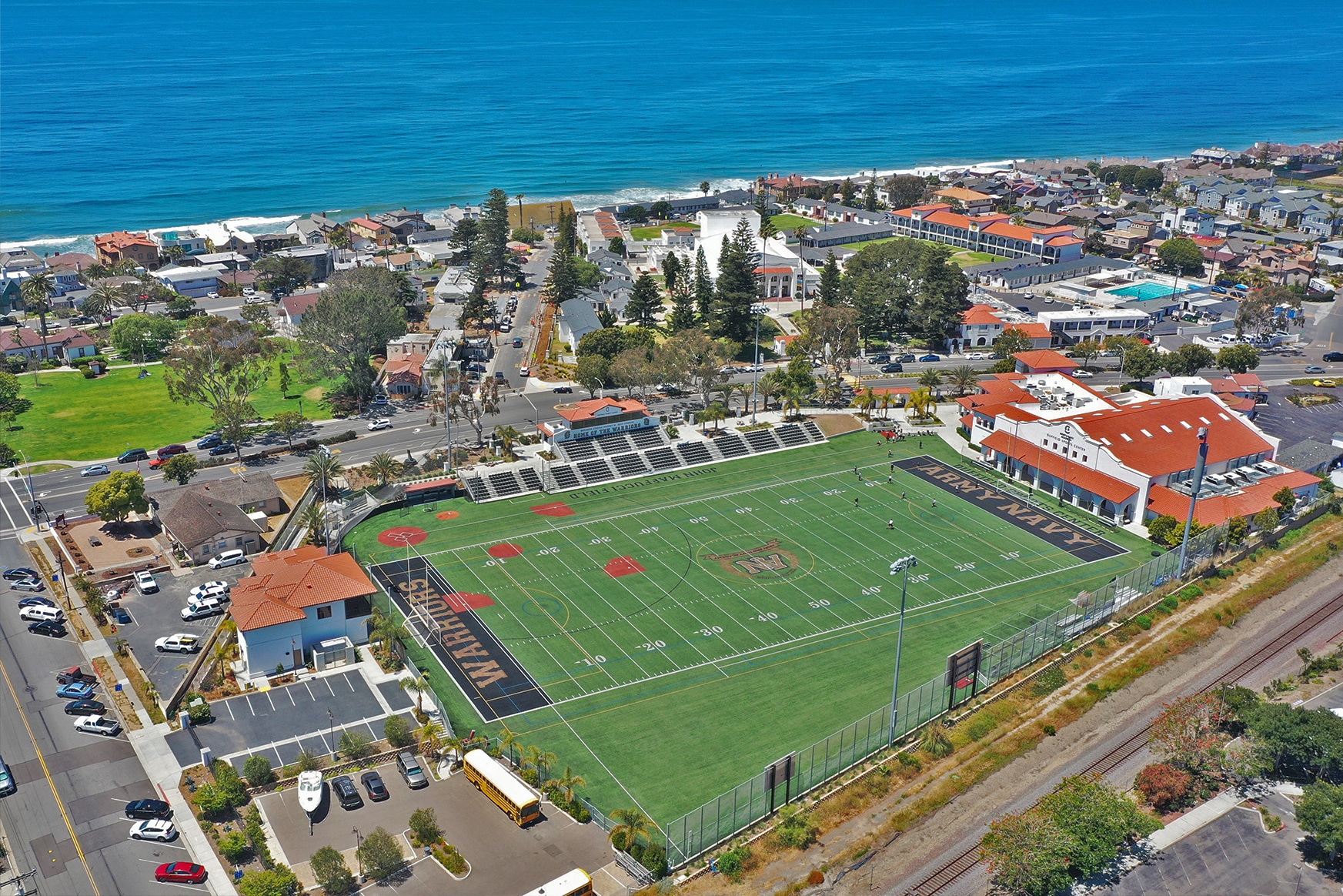 “We need technology in every classroom and in every student and teacher’s hand because it is the pen and paper of our time, and it is the lens through which we experience much of our world.” –David Warlick, educator, author, programmer
“We need technology in every classroom and in every student and teacher’s hand because it is the pen and paper of our time, and it is the lens through which we experience much of our world.” –David Warlick, educator, author, programmer
Technology has impacted our daily lives at lightning speed over the years to help us do things we’ve never been able to imagine, much less do, and to accomplish long-standing everyday functions and tasks faster, better, and in many cases, less expensively.
That said, nowhere does technology have a greater potential for good than as a set of digital tools to enhance the teaching and learning taking place in our schools. So much so that education writer Janelle Cox noted in an article on the teachhub.com website: “This widespread adoption of technology has completely changed how teachers teach and students learn … By embracing and integrating technology in the classroom, we are setting our students up for a successful life outside of school.”
Cox lists just a few benefits of bringing technology into the classroom:
- Technology in the classroom makes learning more fun. A study by IT Trade Association Comp TIA found that students believe subjects they deemed challenging or boring can become more interesting through its use.
- Technology prepares students for the future. That study showed that 9 out of 10 students believe using technology in the classroom would help prepare them for the digital future. Cox further observed, “Education isn’t just about memorizing facts and vocabulary words, it’s about solving complex programs and being able to collaborate with others in the workforce.” Also, jobs that haven’t had digital tools in the past may have one or more now or in the near future.
- Improved retention rate. Again, referring to the IT Trade Association Comp TIA study, Cox said 16 out of 18 2nd grade students completing a Power Point project about an animal remembered more about the animal after completing the digital presentation. The study concluded that technology “indeed helps students remember what they learn.”
- Technology helps students learn at their own pace. Almost all “apps” allow for individualized instruction so that students can learn according to their abilities and needs. This benefit gives teachers the time to work individually with students who may be struggling.
- Technology connects with students. By no means do students limit their use of technology to the school day. Everything they do is connected to technology. By integrating technology into the classroom, teachers are providing students with the tools they need for the 21st century. “Technology changes by the minute,” Cox wrote, “and educators e need to keep up with the times to best prepare our students for this ever-changing world that we live in.”
Another study on the effects technology has on classrooms and students found that many students choose to work on their technology-based projects during recesses or lunch periods, thereby providing more learning venues where more students can excel.
Many teachers report that technology enhances student self-esteem. An EdReform/EdTech study observed the increased sense of competence students feel after mastering technology-based tasks and appreciating the value technology has in our culture.
One elementary school teacher responded in the study: “I see more confidence in the kids here … they can do things on the computers that most of their parents can’t do and that’s very empowering and exciting for them…”
A 5th grade teacher told researchers that his students often look over other students’ shoulders, commenting on their work, offering assistance, and discussing what they’re doing – all signs of positive collaboration that enhance learning. “I’ve also seen kids helping each other a lot at the computer,” the teacher added. “The ones that pick it up faster … love teaching it to someone that doesn’t know it yet.”
Another teacher said technology in the classroom encourages peer coaching and that once established, this habit carries over into other classroom activities. “It (peer coaching) changes the style and the tone of the classroom a lot,” the teacher observed.
What are a couple of examples of technology tools that help students learn by interacting with teachers and other students during and after the school day? At the Army and Navy Academy in Carlsbad, CA, middle- and high-school boys use Chromebooks for quizzes, online homework, research, presentations, sharing ideas and collaborating with other cadets, participating in Google Classroom activities and Google Slide presentations. This past school year, the Academy began using Promethean interactive digital white boards in two classrooms to make its college preparatory curriculum in those classes more dynamic as well as give students who use the smart boards constructive peer interactions and group collaboration learning experiences.
A 12th grade Academy cadet summed up the value of using the digital boards: “As a visual learner, the Promethean board has been able to elevate my learning. Its ability to enhance graphs, math equations, and physical concepts have made learning more engaging for me and my fellow cadets.”
How does social media fit into classroom technology?
No overview of technology of any kind is complete without including social media as a discussion topic. An article on how social media is reshaping today’s education system on Georgetown University’s Center for Social Impact Communication website said that 96 percent of students who have internet access use at least one social network. In addition to students using social networks for entertainment and other purposes, there are many who use it to promote positive and useful activities – from finding a summer internship, learning how to maneuver student-loan issues to collaborating on international projects. The study began with the question: “Since students already devote a lot of time for social media and connecting with others outside school hours, why not do it during school as well?”
One student wasted no time answering the question: “The best teachers I’ve ever had have used technology to enhance the learning process, including Facebook pages and events for upcoming projects.”
In addition to Facebook, there are multiple social media tools that can enhance teaching and learning; notably Instagram, arguably the most popular and widely used social media application among “tweens” and teenagers. A University of Scranton website, along with weareteachers.com suggests several activities teachers and even parents, in some cases, can use Instagram to enhance learning. What follows are some of those suggestions:
- Show case student work. Snap pictures of students’ artwork and other special projects to show on a private Instagram account only accessible to families and a select group of others in the school community.
- Feature a Student of the Week. Invite students to alternate taking over the classroom Instagram account and sharing photos from their daily lives. Then have the featured student talk about his or her daily routine and artistic vision with the class.
- Capture field trip memories. Invite a student to be the class “archivist” by taking photos on field trips or during class parties for the class Instagram account.
- Imagine how a historical figure would use Instagram. Have one or more students browse historical photos and create a bulletin board or poster display showing, for example, what Abraham Lincoln’s or Apollo Astronaut Buzz Aldrin’s Instagram feed might look like.
- Imagine what a favorite character would post. Challenge students to find photos that would appear on Harry Potter’s or The Hunger Games’ Katniss Everdeen’s Instagram.
- Share reading recommendations. Invite students to snap photos of their favorite books with a description of why they love them in the caption. Other students browsing the photos can become inspired to read the books.
- Record steps in a science experiment. Monitor a plant unfurling or a chemical compound slowly changing colors and save the experiment on Instagram.
- Discover ideas for writing. Take 10 photos that could prompt the selection of a topic to write about – a For Sale sign or a broken doll are but two examples.
- Document student progress. Teachers and parents can snap photos of examples of students’ writing at the beginning and end of the school year. Inexpensive prints from sites such as Social Print Studio can be ordered to show students their progress and provide an end-of-the-year gift.
The bottom line is that technology, including social media, are big parts of everyday life, including the way our students can be educated. Using technology in the classroom and home learning environments not only makes learning more fun and relevant but can foster stronger teacher-student relationships while permanently changing the way children learn.

Candace Heidenrich is the CEO of Aperture Advisory Associates, where she works with private secondary and higher education leaders to strengthen programs and practices. She founded Aperture in 2018 after more than a decade in a senior administrative role at a boarding school in California. Additionally, she held faculty and chair positions at private schools and colleges in Los Angeles and Ojai. Her background also includes director and executive level positions with start-ups and Fortune 500 corporations.
While earning her B.A. in Education and Humanities in the Lawrence Henry Gipson Scholar program, she studied abroad at Oxford before pursuing her master’s at the University of California, Santa Barbara. A frequent speaker at national conferences, she is a recognized thought leader and authority on enrollment management and marketing best practices.
